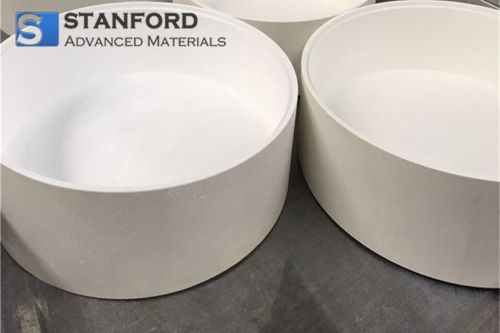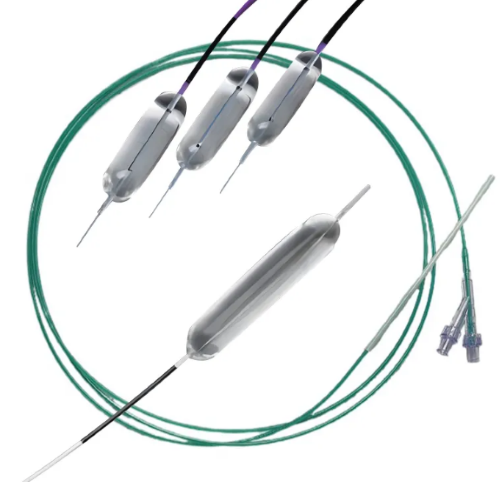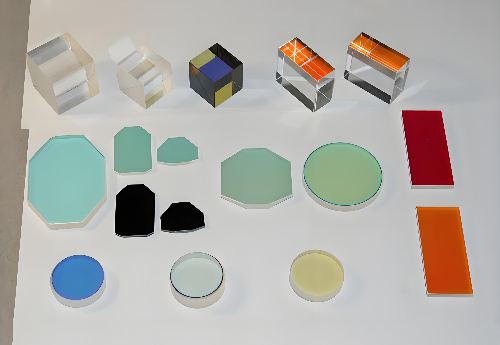Case Study: Pyrolytic Boron Nitride Crucible in Research and Laboratory
Introduction
Pyrolytic Boron Nitride (PBN) Crucible is a cutting-edge solution tailored for research and laboratory applications. It serves as a versatile tool to facilitate a wide spectrum of scientific endeavors, from materials synthesis to high-temperature experiments. This article is going to discuss the benefits and uses of Pyrolytic Boron Nitride Crucible for research and laboratory fields. Hope that you can have a better understanding of this durable crucible.

Figure 1. Research and Lab
Understanding Pyrolytic Boron Nitride Crucible
Pyrolytic Boron Nitride (PBN) Crucibles are specialized vessels designed to withstand extreme thermal and chemical conditions. Made from synthetic boron nitride, these crucibles offer exceptional properties such as high thermal stability, chemical inertness, low thermal expansion, great mechanical strength, and high purity. Thanks to these features, PBN Crucibles are able to maintain sample purity and integrity during elevated temperature experiments and become essential tools for researchers and scientists across different disciplines.

Figure 2. Pyrolytic Boron Nitride Crucibles
Applications of Pyrolytic Boron Nitride Crucible in Research and Laboratory
The Pyrolytic Boron Nitride Crucible finds relevance across diverse domains within research and laboratory settings:
1. Crystal Growth: PBN Crucibles serve as indispensable vessels for crystal growth processes, including the cultivation of semiconductors, oxide crystals, and other advanced materials. The exceptional thermal stability and non-reactive nature of PBN ensure minimal contamination and optimal crystal quality.
2. High-Temperature Reactions: These crucibles are well-suited for high-temperature reactions, such as thermal analysis, catalysis, and materials synthesis. Their resistance to thermal shock and inertness to many chemicals enable precise and controlled experiments.
3. Sample Preparation: PBN Crucibles are employed in sample preparation for X-ray fluorescence (XRF) analysis and other various analytical techniques. Their non-reactive nature ensures accurate and reliable sample analysis.
4. Thin Film Deposition: PBN serves as deposition chambers for thin film growth techniques like chemical vapor deposition (CVD) and physical vapor deposition (PVD). Their high purity and thermal stability facilitate precise thin film formation.
Case Study: PBN Crucible for Research and Laboratory Applications
--The Challenge
A customer in the semiconductor and analytical industries sought to optimize crystal growth processes and analytical procedures to achieve superior outcomes and precision. They were particularly interested in GaAs and InP single crystal growth, as well as conducting precise chemical analyses for their materials.
--The Solution
Stanford Advanced Materials (SAM) provided a comprehensive solution that addressed the customer's distinct requirements:
VGF Crucibles for Crystal Growth: These crucibles excel in accommodating the unique demands of crystal growth, ensuring optimal results for both GaAs and InP applications. The VGF crucibles' adaptability and precision contributed to improved crystal quality and growth efficiency.
MBE Crucibles for GaAs Epitaxial Sheet Growth: For GaAs epitaxial sheet growth using Molecular Beam Epitaxy (MBE), the emphasis was placed on two key factors: crystal purity and zirconium's exceptional chemical stability.
LEC Crucibles for High-Purity Growth: To achieve the growth of high-purity, undoped semi-insulated single crystals or polycrystals through direct ion implantation, SAM recommended Liquid Encapsulated Czochralski (LEC) crucibles.
Platinum Crucible for Chemical Analysis: The platinum crucible's versatility proved invaluable in functions such as XRF sample preparation, ash testing, wet chemistry, and Loss on Ignition (LOI) analyses. This enhanced the accuracy and reliability of the customer's chemical analyses.
--The Results
Through SAM's tailored solution, the customer experienced heightened efficiency, superior crystal quality, and advanced analytical capabilities, translating into improved outcomes and greater competitiveness within their respective industries.
Conclusion
The Pyrolytic Boron Nitride Crucible's exceptional properties and adaptability make it an indispensable asset in research and laboratory environments. Its role spans crystal growth, high-temperature reactions, sample preparation, and thin film deposition, contributing to the advancement of scientific knowledge and innovation.
Stanford Advanced Materials (SAM) has rich experience in manufacturing and supplying high-quality PBN Crucibles and other advanced ceramic materials. Send us an inquiry if you are interested.



